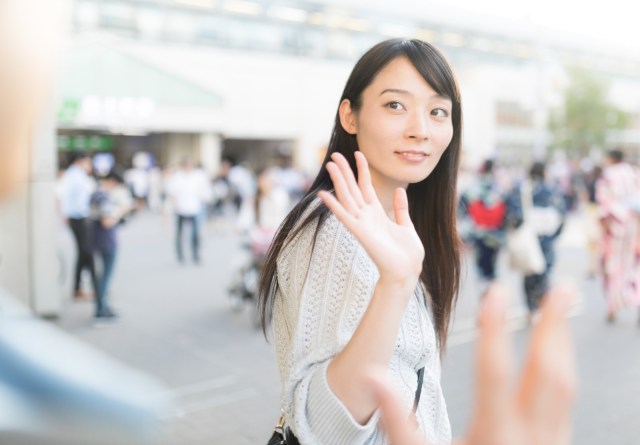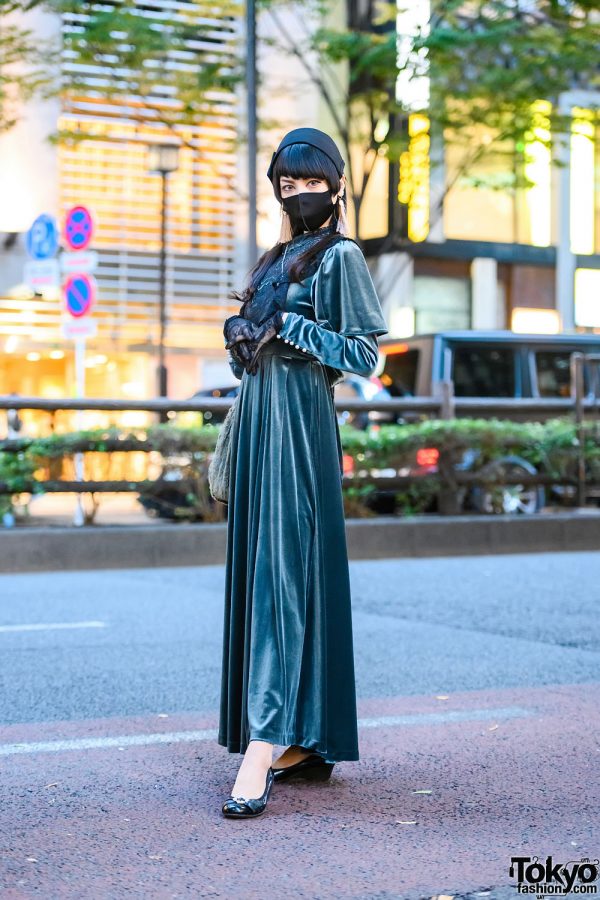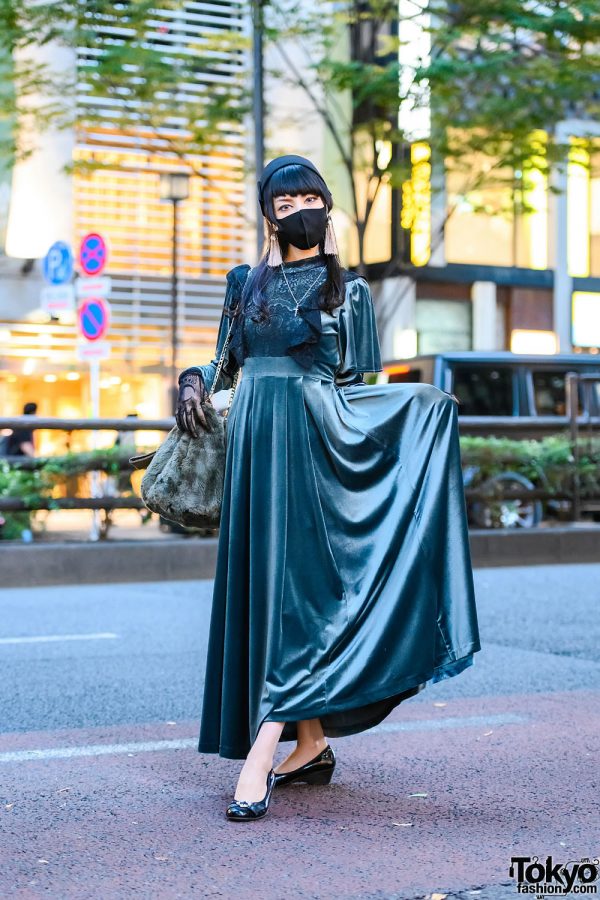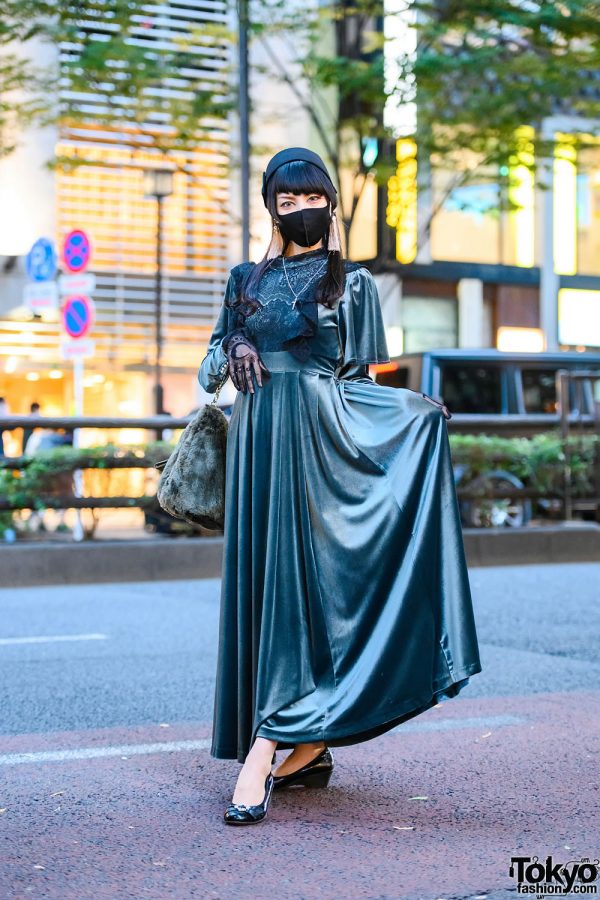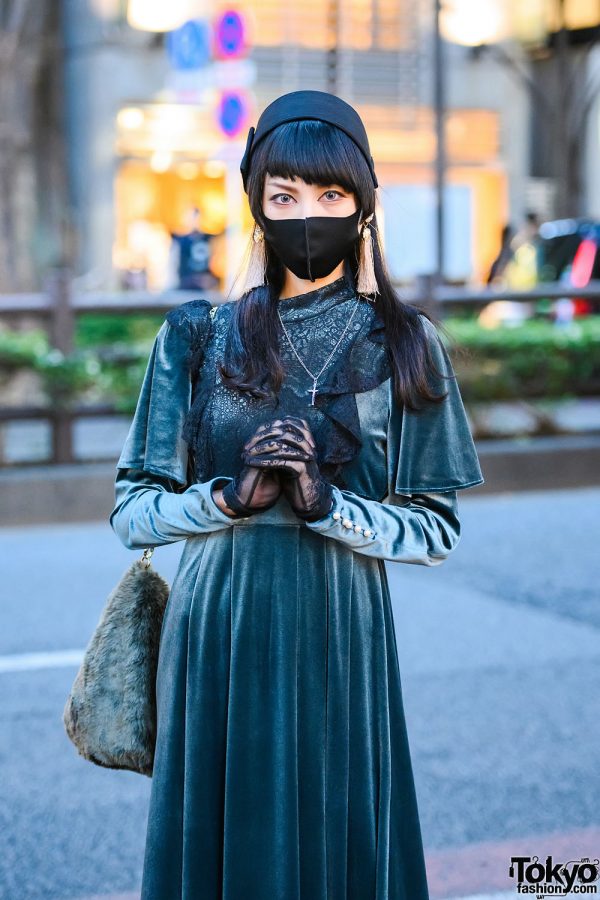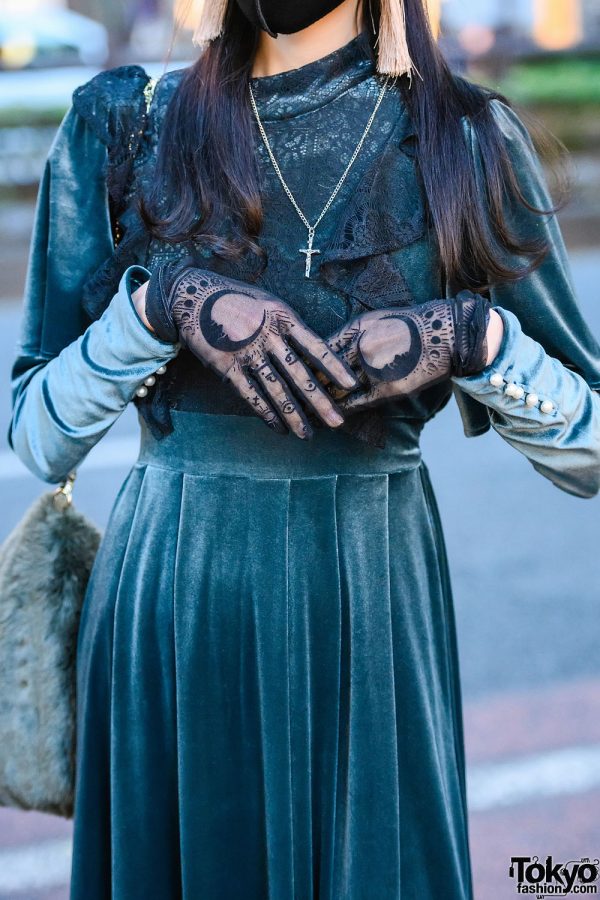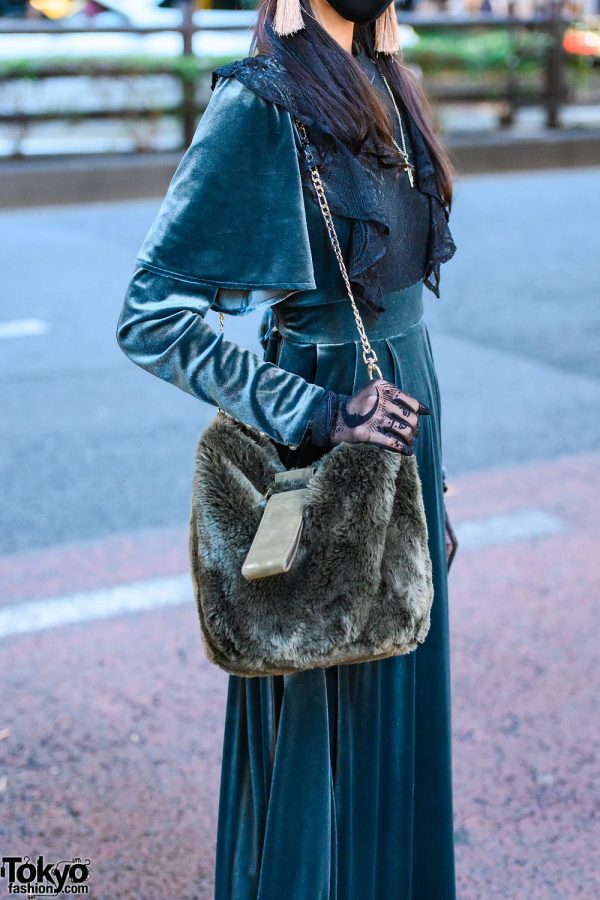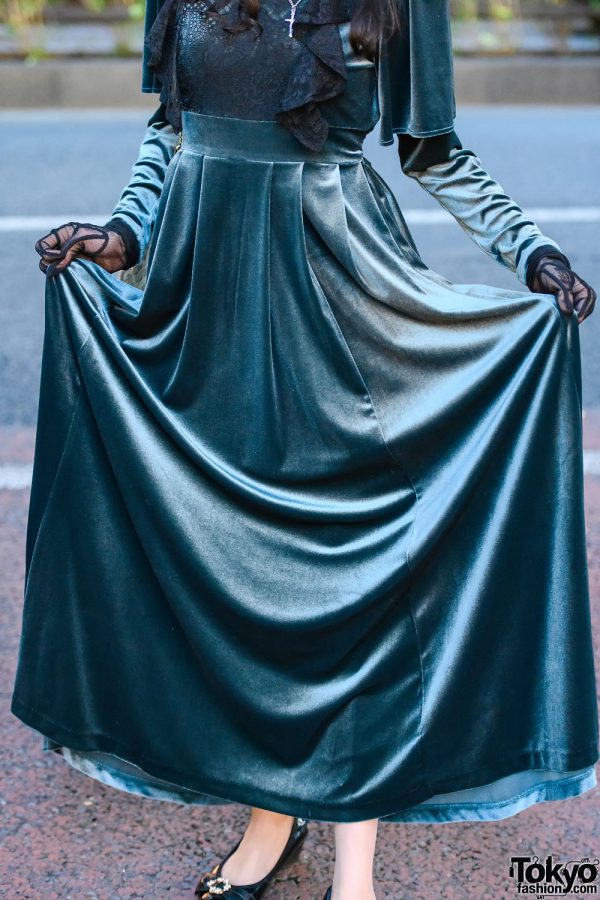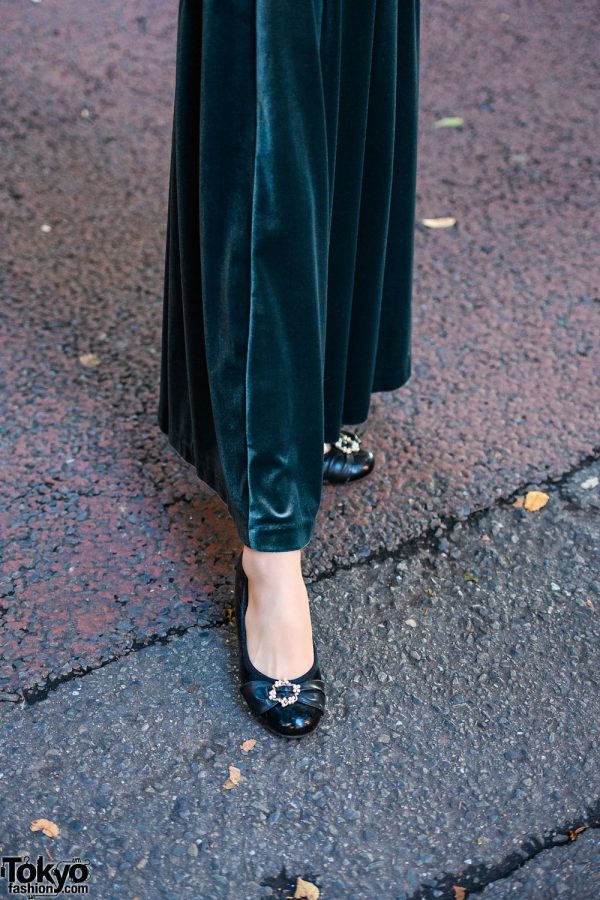
The school staff even chased after him, but to no avail.
Three schools across Nara City received a surprise visitor on the afternoon of February 24th. A man, believed to be in his 70s, briefly spoke to staff, saying, “Please use this for the children”, before handing over plastic bags containing 30 million yen (US$94,000).
The man visited an elementary school, a junior high school, and a high school, donating 10 million yen to each. Staff attempted to chase down the old man but were unable to catch him. The money is now in the hands of the Nara City Board of Education, where they will use it for educational activities at the schools.
The identity of the man is still unknown, but acts like this are far from uncommon in Japan, thanks to 60s anime protagonist and professional wrestler Naoto Date, better known as Tiger Mask. Using Tiger Mask as a pseudonym, people have carried out anonymous (and sometimes life-changing) acts of kindness, usually to schools or orphanages.
And even in Nara City, this isn’t the first time an anonymous donation has been made. Back in December, another donation was made of 30 million yen (US$282,000) towards coronavirus prevention measures. While no one knows for sure, the Nara City Board of Education believes it to be the same man.
While some netizens were charmed by the old man’s generosity, others weren’t ready to take it at face value.
“It’s amazing, but the fact that he donated using plastic bags… is kind of scary.”
“What a great old man. I’m not sure what his motives for doing it are, but I hope the money gets used in a way that benefits everyone.”
“If he wanted to donate, he should have done using the formal procedure. He could just be doing this to avoid paying taxes.”
“Give me some money next time!”
“Imagine being so rich that this is the kind of thing you can do for fun.”
Whatever the old man’s motives were, fingers crossed the money gets used to benefit the children in Nara city, and that it will inspire other wannabe Tiger Masks to pick up the alter-ego (or any alter-ego, really!) and continue the kindness chain.
Source: Livedoor News via Jin
Top image: Pakutaso
● Want to hear about SoraNews24’s latest articles as soon as they’re published? Follow us on Facebook and Twitter!


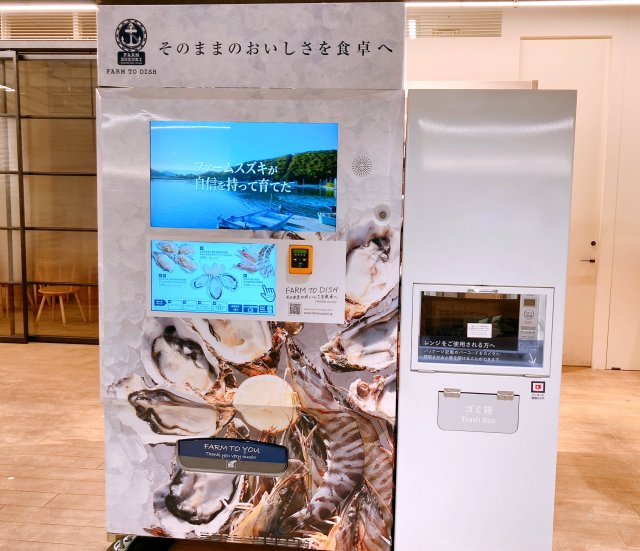
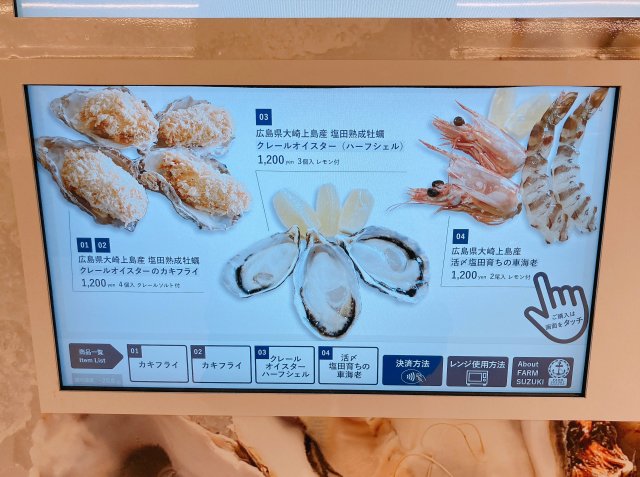
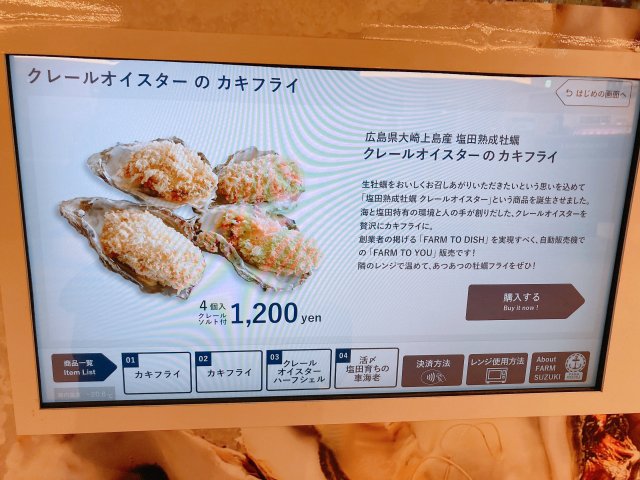

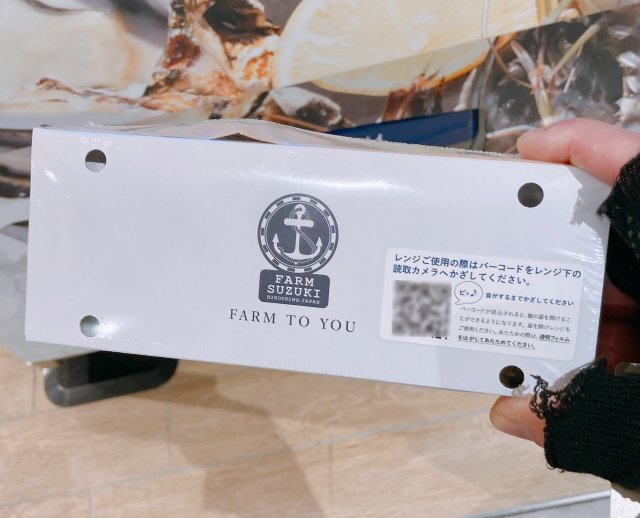
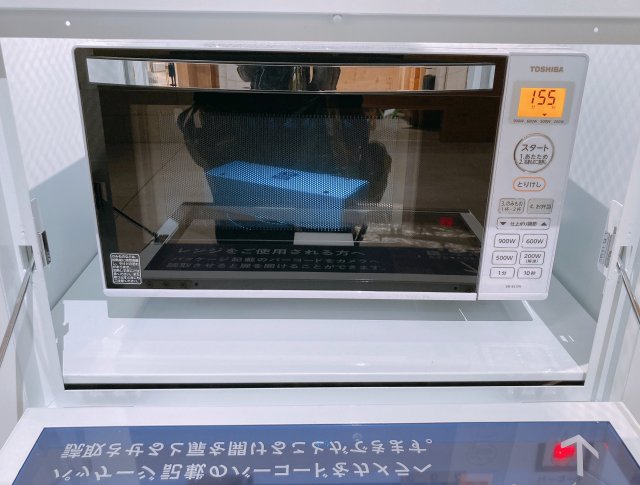



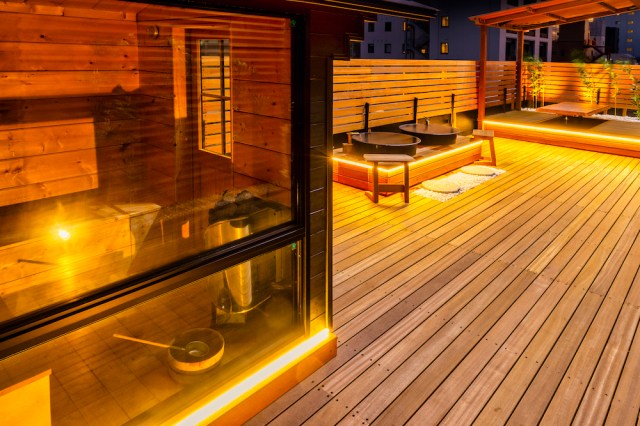

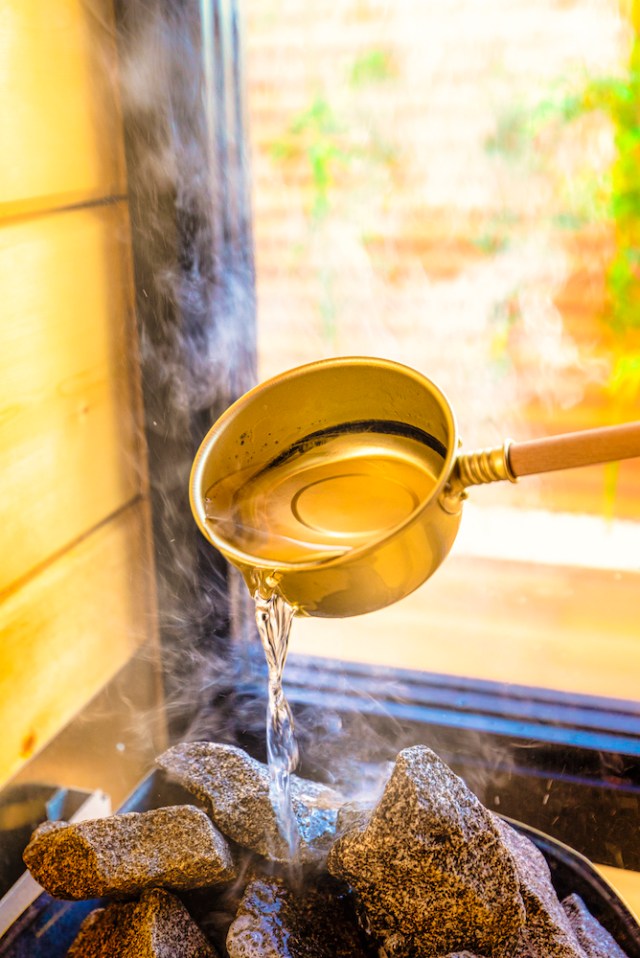
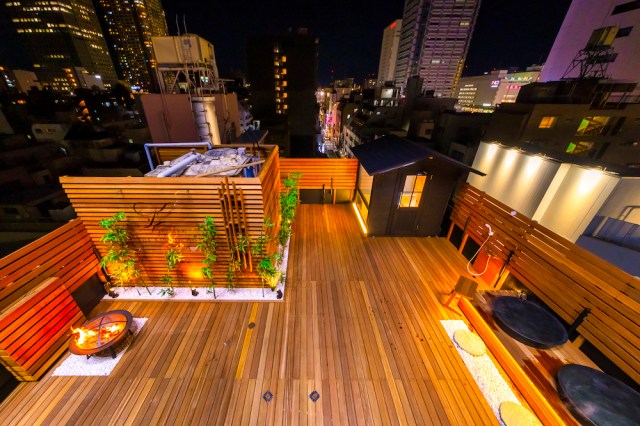

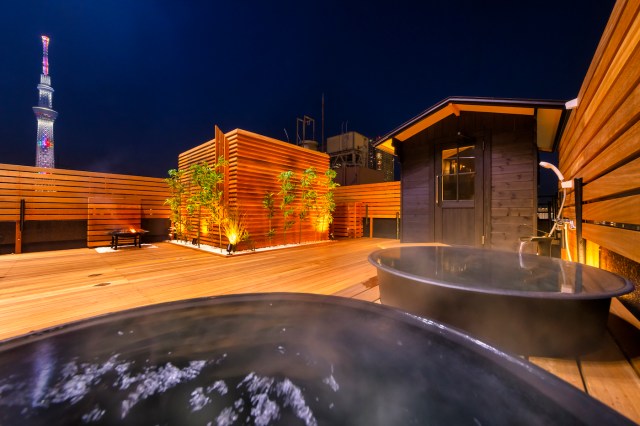
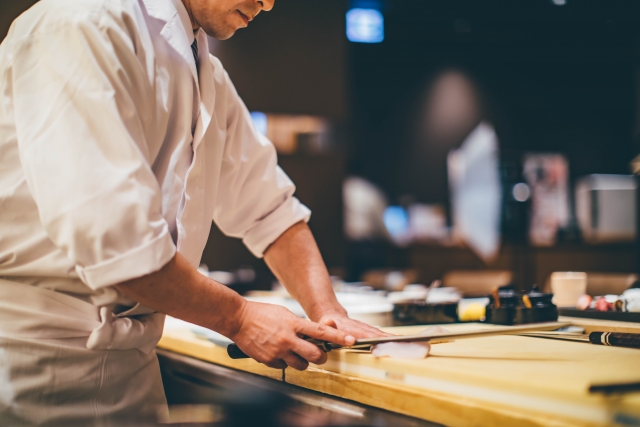
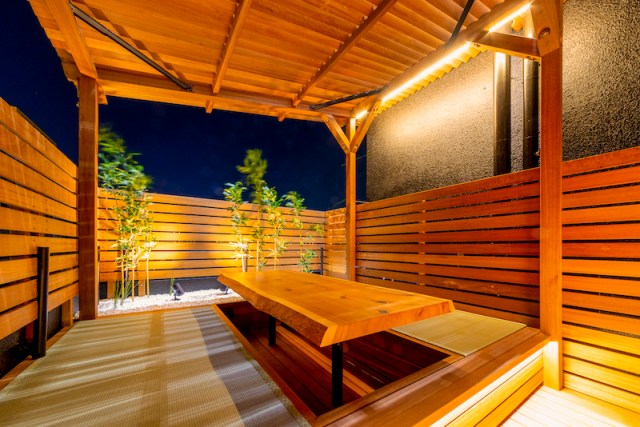
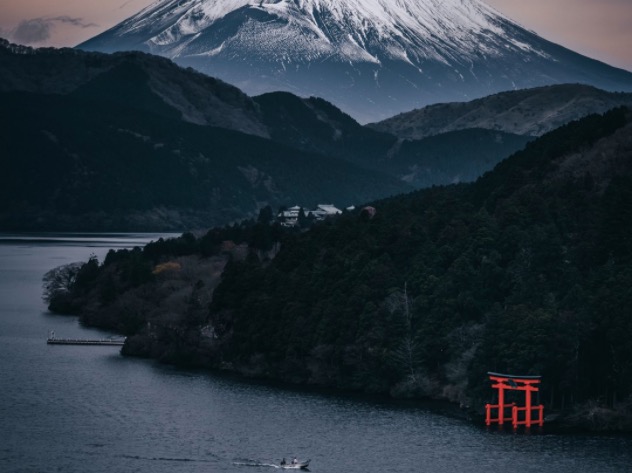
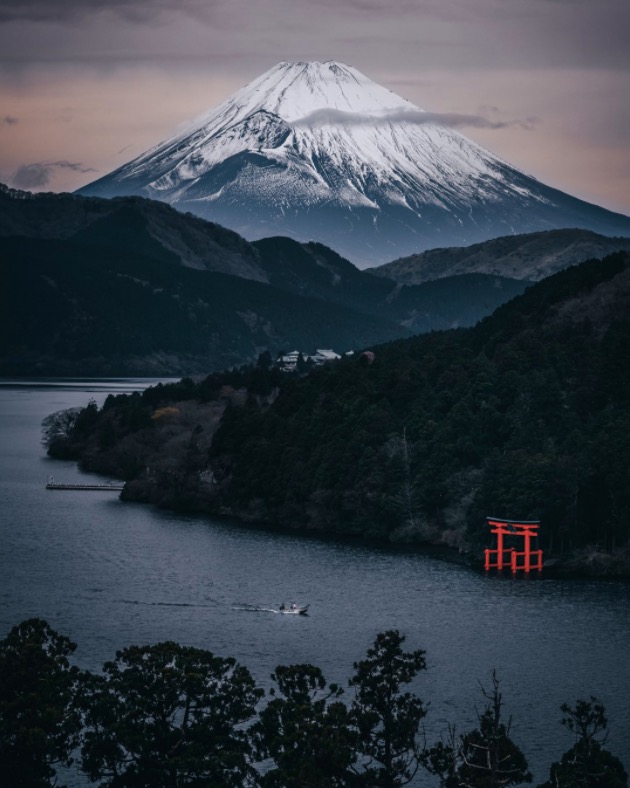
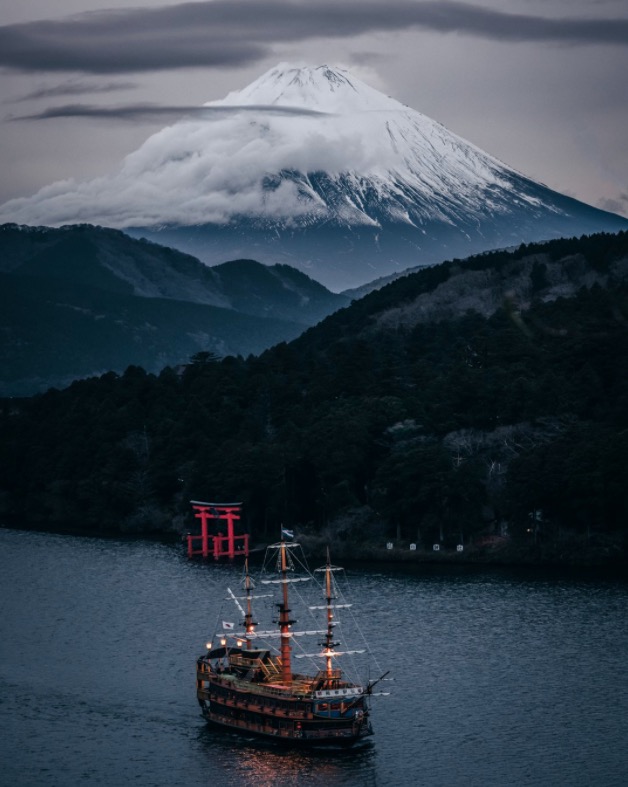




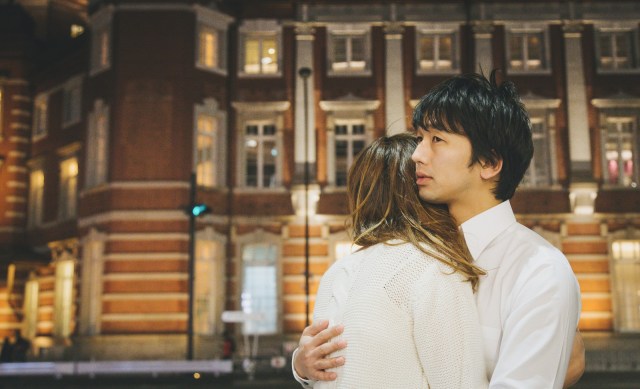
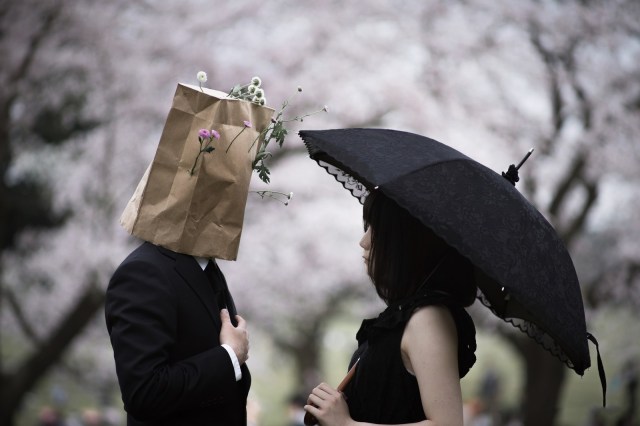
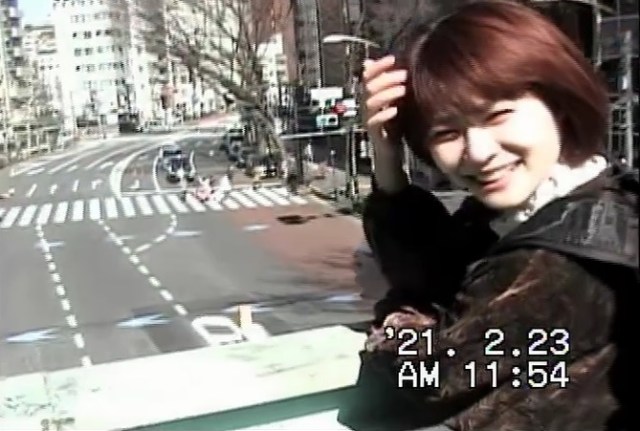
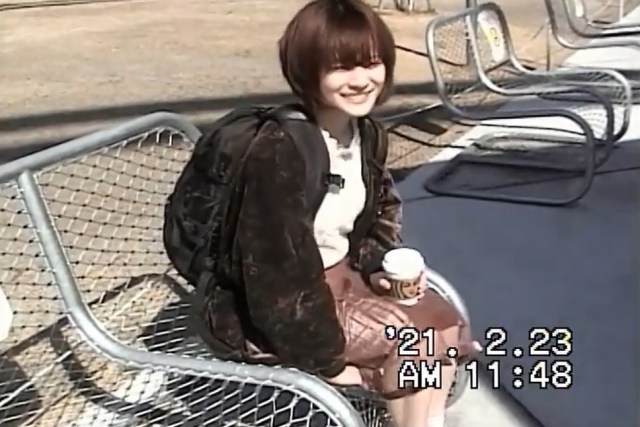
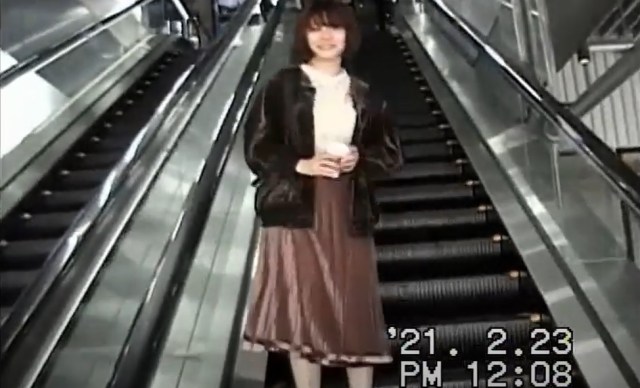
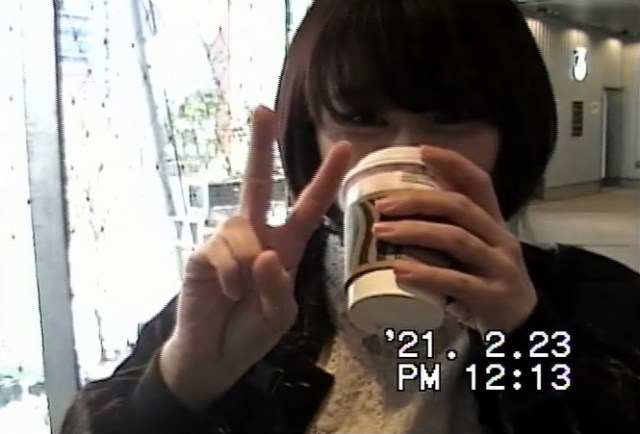

 Composed by : Yuppe(Naked Identity Created by King)
Composed by : Yuppe(Naked Identity Created by King) Lyric by : 亜舞琴美
Lyric by : 亜舞琴美 YouTube
YouTube


